Here’s A Radical New Plan To Tax Carbon And Give Everyone In America $2,237

At a time when unprecedented storms and wildfires are wreaking record destruction, figuring out the cost of how much damage carbon dioxide emissions cause is a game of “The Price Is Right.”
The two Republican congressmen pushing a bill to put a price on planet-warming emissions wants to tax carbon at $24 per ton. Four Democratic lawmakers pegged the price at $50 per ton in their own legislation. The Trump administration, for its part, settled on something more lower: $1 to $7 per ton by 2020.
But to really make a difference, a better answer is something closer to $230 per ton, according to a study by the People’s Policy Project, a left-leaning think tank, published Wednesday. That would raise the cost of goods and services by roughly $750 billion, including price hikes of 79 percent for gas, 51 percent for electricity, 23 percent for airfare and 9 percent for groceries.
“People are going to feel that,” co-author Anders Fremstad, an assistant professor of economics at Colorado State University, said in a phone interview. “And the people who will feel that the most are going to be poor people.”
That’s where the paper’s most radical proposal comes in: offsetting that cost by paying every person in the United States $2,237 per year.
“It forces the well-to-do to pay their fair share,” said Fremstad, who wrote the paper with New College of Florida assistant professor Mark Paul. “And they pollute far more.”
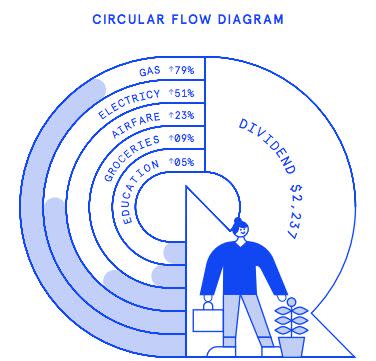
Support for a carbon tax is higher than the limited policy debate in Washington suggests. A study published last October in the journal Environmental Research Letters found the average American would willingly spend $177 per year on a carbon tax, raising electricity prices by about 14.4 percent compared to current electricity rates in each state. Even oil giant Exxon Mobil Corp., a longtime financier of climate change denial think tanks, said it would support a (relatively low) carbon tax.
The economists in the new study picked the $230 figure somewhat arbitrarily. It’s the number that Yale University economist William Nordhaus identified as the price that would most likely keep the planet from warming 2.5 degrees Celsius above pre-Industrial Revolution levels. That exceeds the 2 degrees Celsius target set by the Paris climate accord, but Fremstad said the goal of the paper is to meaningfully shift the policy debate over a carbon tax away from double-digit prices that would do little to incentivize a total overhaul of the nation’s energy system.
“I don’t think it’s practical that policymakers are going to come around and immediately do a $230 tax per ton, but it’s in the order of magnitude we need to be thinking about,” he said. “Progressives should double down on the policy and say we want a much higher one.”
Even a carbon price twice as high as Fremstad’s proposal would not avert the catastrophic forecasts for how the climate will change once the planet warms beyond 2 degrees Celsius. A United Nations study last year found that a carbon price of $573 per ton, paired with a resource extraction tax and rapid technological innovation, would still lead to 132 billion metric tons of CO2 by 2050, according to a recently-published Foreign Policy essay arguing that economic growth itself cannot be green.
For his part, Fremstad said “there’s no reason to think” his proposal “would slow down growth.”
“This would redirect technology innovation from the next form of fracking to solar and wind and mass transit,” he said. “We’re trying to change the structure of the economy, but not the speed at which it grows.”
But he said an ambitious, three-digit carbon tax is just one of a suite of policies needed to reduce surging emissions from burning fossil fuels, deforestation and industrial farming. Progressive candidates and policy advocates over the past year have rallied around various emissions-curbing proposals, including a Green New Deal, a fiscal stimulus plan to potentially spend trillions on renewable energy and home weatherization in an infrastructure-building spree not seen since World War II. But Fremstad warned that funding such a plan with a carbon tax risks exacerbating economic inequality at a time when the British charity Oxfam estimates the average person in the top 1 percent already creates 175 times more carbon pollution.
“If we give all the money back to people in lump-sum payments, it’s sort of sweetener that can make the policy politically viable,” he said. “We’ll need money for public projects, too, but that money should be raised through progressive taxation and public borrowing like it always should be for big public projects.”
Of course, carbon pricing still faces considerable opposition. In July, the House of Representatives voted 229-180 to pass a resolution formally declaring a carbon tax “detrimental” to the U.S. economy. Grover Norquist, an anti-tax crusader with influence on the GOP, has railed against carbon pricing schemes. The political trends are true north of the U.S. border, too. Doug Ford, the newly-elected right-wing populist premier of Ontario, Canada’s largest province, vowed to scrap plans for a carbon tax he called “no more than government cash grab.”
Related...
A Big Oil-Backed GOP Proposal For A Carbon Tax Is Just As Suspect As It Sounds
Americans Are Willing To Pay A Carbon Tax, But Trump Won’t Even Consider It
Democrats’ Drama On Fossil Fuel Money Shows A Radical Green Jobs Plan Could Be A Win-Win
Also on HuffPost
Love HuffPost? Become a founding member of HuffPost Plus today.
Jamestown, Virginia
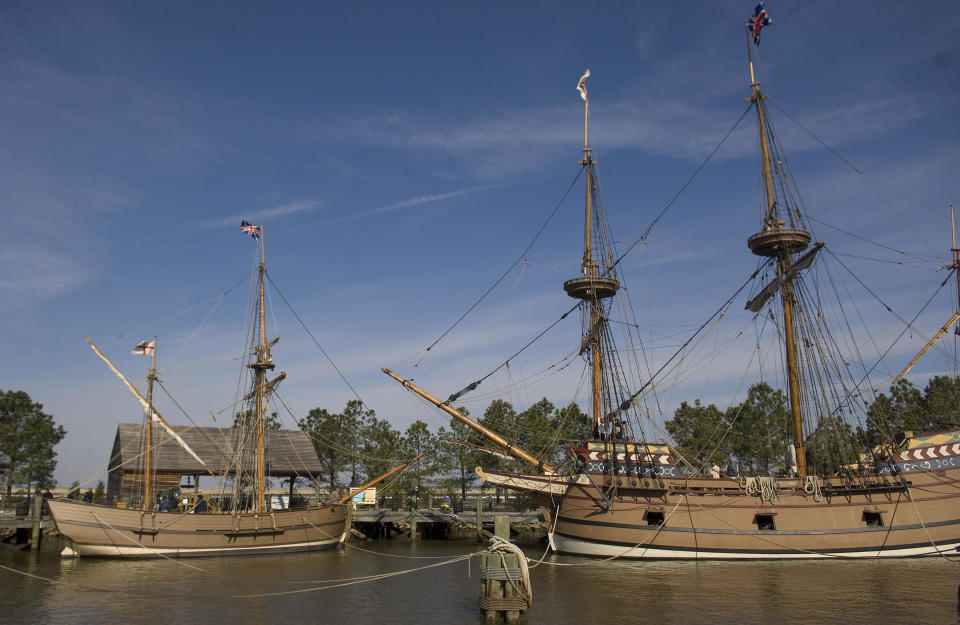
Harriet Tubman Underground Railroad National Monument

Fort Monroe, Va.

Cape Canaveral, Florida
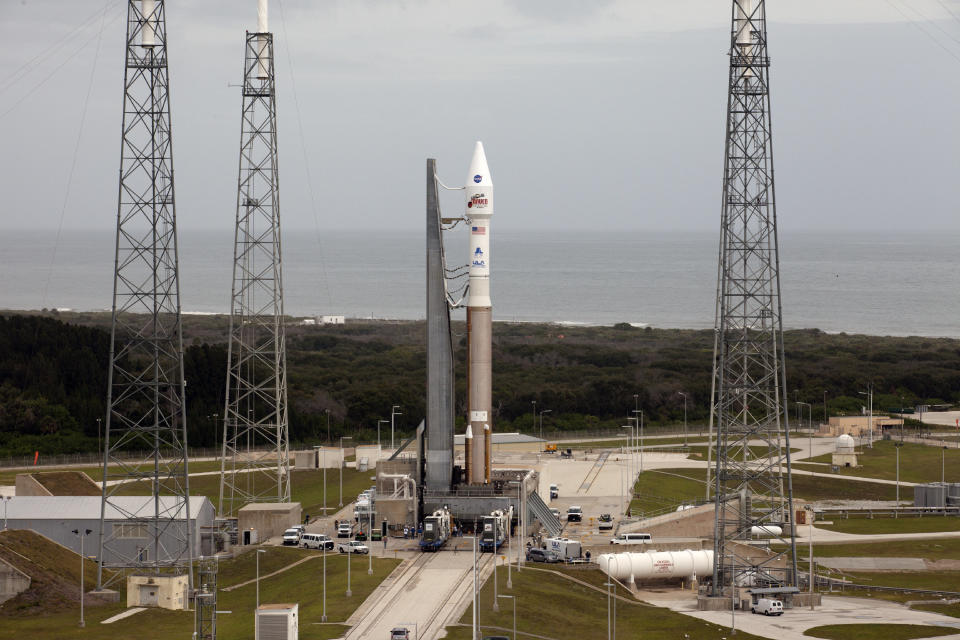
Statue Of Liberty
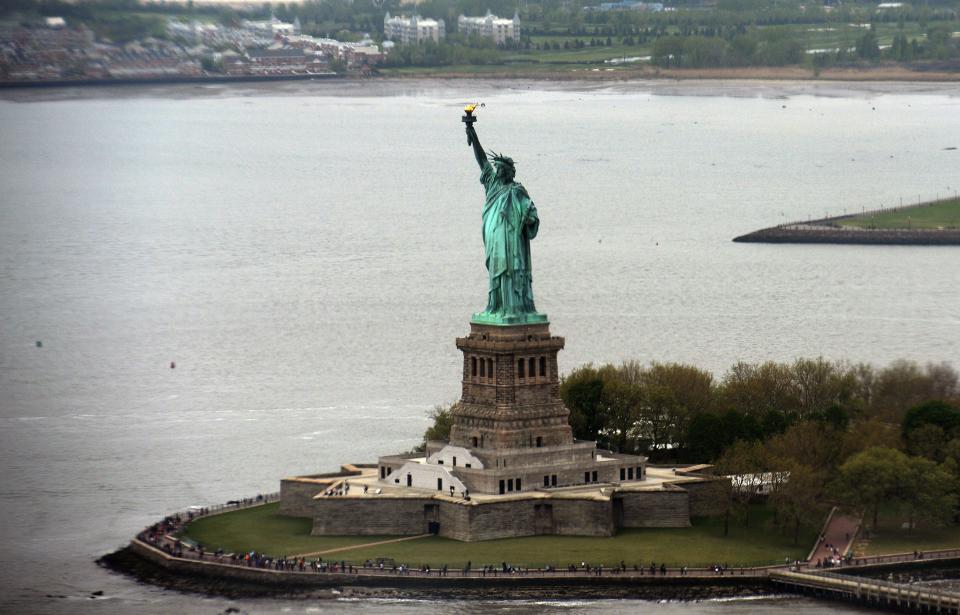
Ellis Island

Sierra Mountains
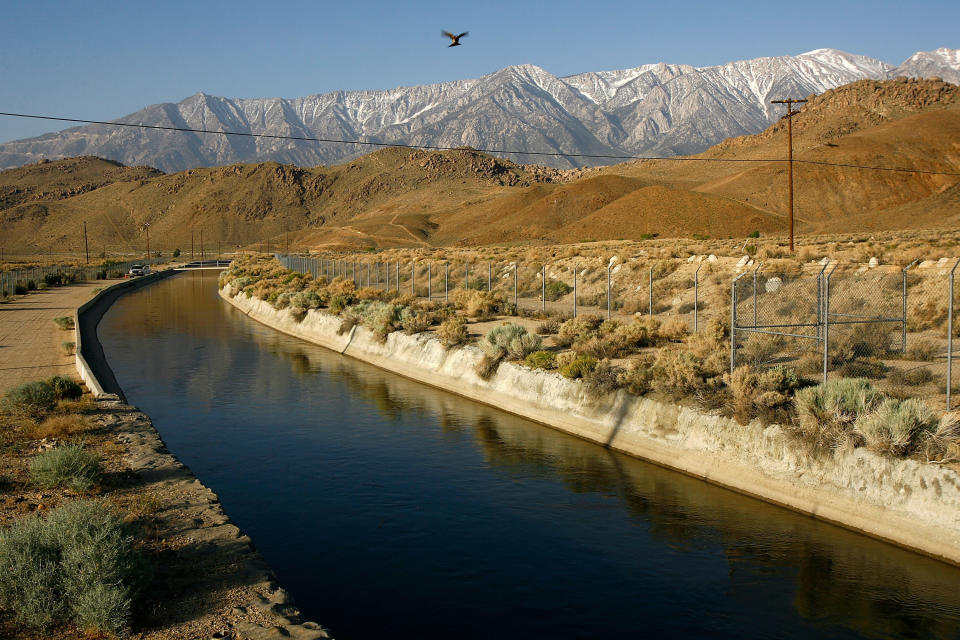
This article originally appeared on HuffPost.


